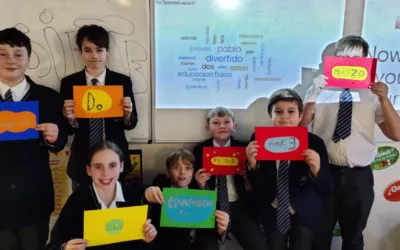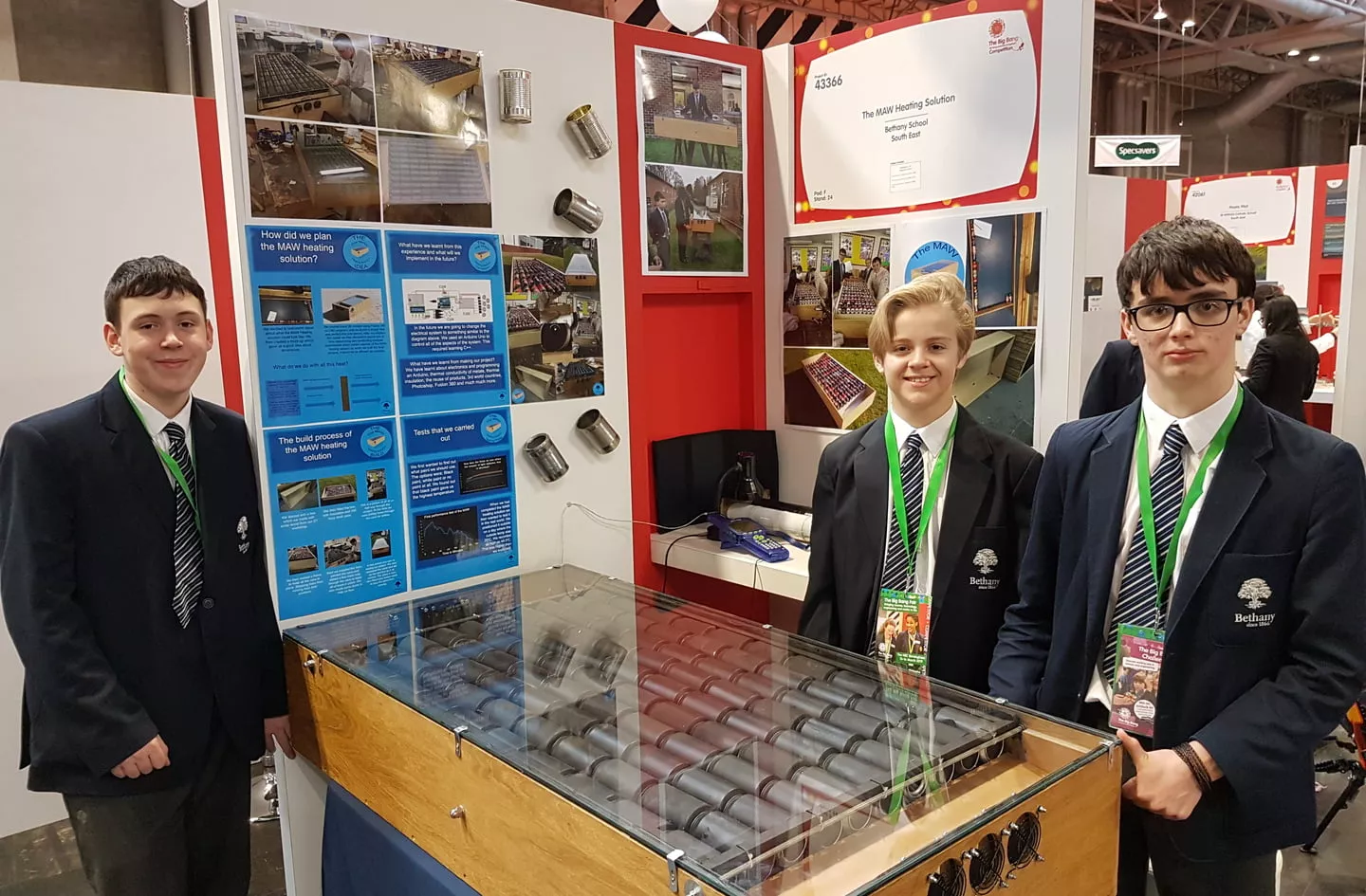This week’s Bethany blog has been written by Mr Norman, Head of Design & Technology at Bethany School. He writes about the pros and cons of artificial intelligence and the benefits of studying Design and Technology.
Having listened to many reports on Artificial Intelligence (AI), I decided to give it a go and sign up to ‘Chat GPT’. My first question I asked was – What are the benefits of studying Design and Technology. Below was the response:
‘Studying design and technology offers numerous benefits. Here are some of the key advantages:
Creativity and Innovation: Design and technology encourage creative thinking and innovation. By studying this field, you develop the ability to generate unique ideas, think outside the box, and come up with innovative solutions to real-world problems.
Problem-Solving Skills: Design and technology education emphasizes problem-solving skills. You learn to analyse challenges, identify design issues, and develop practical solutions. These problem-solving abilities can be applied to various areas of life, including personal, professional, and societal contexts.
Practical Application: Design and technology is a practical subject that provides hands-on experience. You get to work with various tools, materials, and technologies to create tangible products or prototypes. This hands-on approach helps develop practical skills and a deep understanding of how things work.
Interdisciplinary Learning: Design and technology often involve interdisciplinary learning, combining elements of science, engineering, art, and mathematics. This broadens your knowledge base and allows you to make connections between different fields, fostering a holistic approach to problem-solving.
Collaboration and Communication: Design and technology projects often involve teamwork and collaboration. Through group projects, you learn to communicate effectively, share ideas, and work together to achieve common goals. These collaborative skills are invaluable in both academic and professional settings.
User-Centred Design: Design and technology education emphasizes user-centred design, focusing on creating products and solutions that meet the needs and preferences of users. This user-centric approach fosters empathy and understanding, enabling you to design products that are user-friendly, accessible, and meaningful.
Digital Literacy: In today’s digital age, design and technology education equips you with essential digital literacy skills. You learn to use various software tools, digital fabrication technologies, and computer-aided design (CAD) software, enabling you to design, prototype, and manufacture products using digital technologies.
Career Opportunities: Studying design and technology opens up a wide range of career opportunities. You can pursue careers in industrial design, product design, graphic design, architecture, engineering, user experience (UX) design, game design, and many other related fields. Design and technology skills are highly sought after in industries that prioritise innovation and creativity.
Sustainable Design: As the world becomes more conscious of sustainability, design and technology education promotes sustainable design practices. You learn about eco-friendly materials, energy-efficient design principles, and how to reduce environmental impact through responsible design choices.
Personal Development: Lastly, studying design and technology can contribute to your personal growth. It nurtures skills such as critical thinking, adaptability, resilience, and attention to detail. It encourages you to embrace a growth mindset, enabling you to tackle challenges, learn from failures, and continuously improve.
Overall, studying design and technology equips you with a versatile skill set, fosters creativity and innovation, and prepares you for a wide range of exciting career opportunities in today’s rapidly evolving world.
I have to say, I was quite impressed as it would have taken me weeks to come up with the above and it certainly saved me time writing this blog and there are most certainly many reasons to take Design and Technology.
All of this got me thinking about the use of AI in GCSE Coursework (NEA) and to what extent AI could be used. I used the following link to find out more: https://www.jcq.org.uk/exams-office/malpractice/artificial-intelligence/
Having read through the document my first conclusion was that pupils should stay away from AI altogether as anything other than their own work would be identified as mal-practice. A lot of me though feels we should try to embrace AI as it will become a force for good (and potentially not so good) and just like social media we need to learn to use it the best we can and thus stay away from its negative impacts.
On further reading through the downloadable document the below section can be read:
‘Where AI tools have been used as a source of information, a student’s acknowledgement must show the name of the AI source used and should show the date the content was generated. For example: ChatGPT 3.5 (https://openai.com/blog/chatgpt/), 25/01/2023. The student must, retain a copy of the question(s) and computer-generated content for reference and authentication purposes, in a noneditable format (such as a screenshot) and provide a brief explanation of how it has been used. This must be submitted with the work so the teacher/assessor is able to review the work, the AI-generated content and how it has been used.’
I would like to suggest that in Design and Technology, AI could be used as an inspiration source, with the above acknowledgement details added into pupils coursework, if any AI content is included in individuals work. I suspect the growth of AI will mean exams and coursework assessment changing in the future. I hope AI will help us all and be only used for the good of us all.
The safest, easiest and clearest route at present is to just not to use AI in DT coursework at all.
Mr Norman
Head of Design & Technology











